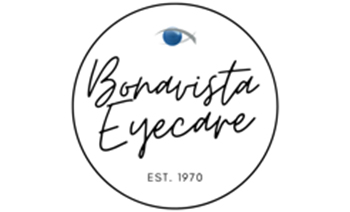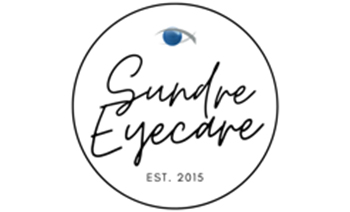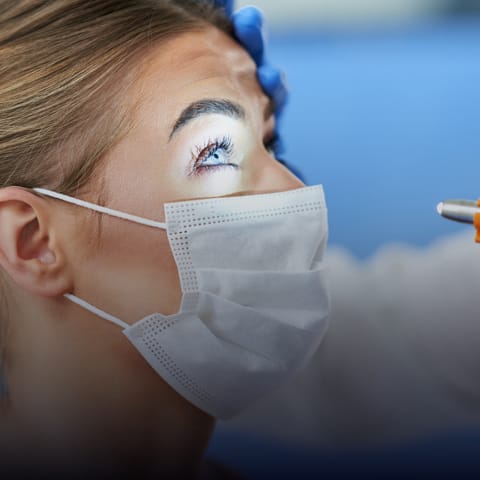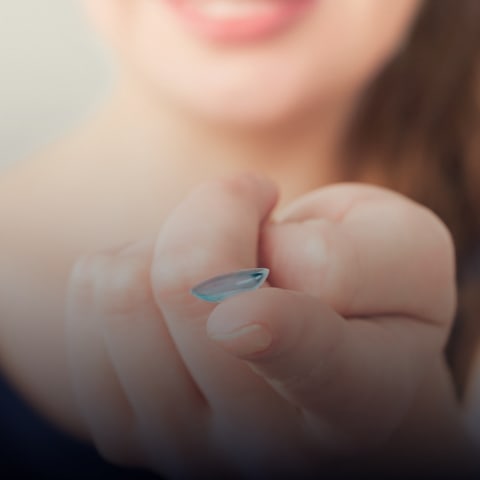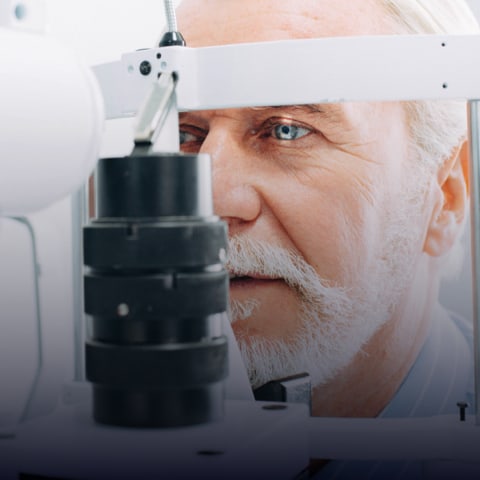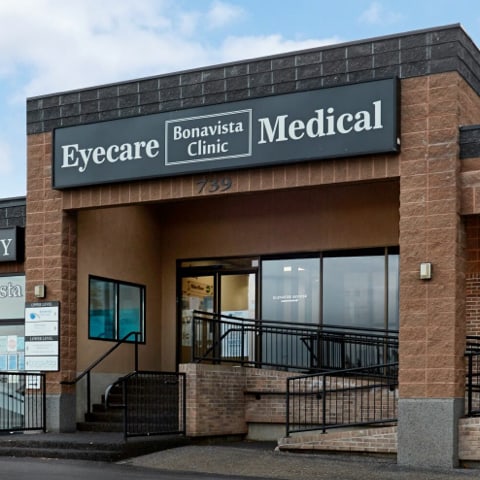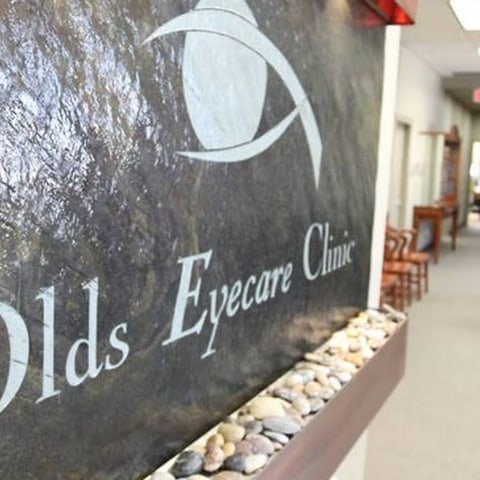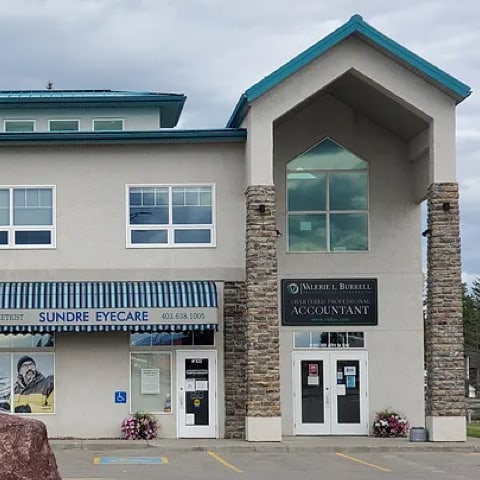Your vision is precious, and understanding the conditions that may impact it is an essential step in protecting it over the long term. Glaucoma, a leading cause of vision loss, can impact you or your loved ones silently, often without noticeable symptoms in its early stages.
Yes, glaucoma can be hereditary, significantly increasing your risk if it runs in your family. Once you know if you’re at risk of developing glaucoma, you can start taking proactive steps toward preserving your vision.
What Is Glaucoma?
Glaucoma refers to a group of eye conditions that damage the optic nerve, the vital connection between your eyes and brain that provides proper vision. This damage most often results from increased pressure in the eye, though some forms occur even when eye pressure is within normal ranges. Over time, untreated glaucoma can cause irreversible vision loss, making early detection and proper management crucial.
What Are The Different Glaucoma Types?
Glaucoma is an umbrella term covering various types of the condition, each with distinct characteristics. While there are many different types, a few of the most common ones include:
Primary Open-Angle Glaucoma
Open-angle glaucoma accounts for about 90% of all cases. This type progresses slowly and is often symptomless until noticeable vision loss arises. It happens when the eye’s drainage canals become clogged, which causes the internal pressure to rise slowly. This gradual nature means that many people don’t realize anything is wrong until their next routine eye check-up.
Angle-Closure Glaucoma
Angle-closure glaucoma can develop suddenly and is more severe, marked by symptoms such as intense eye pain, nausea, blurred vision, and halos around lights. Unlike with open-angle glaucoma, vision loss can happen rapidly and noticeably. If this occurs, seek medical attention immediately to prevent further complications.
Normal-Tension Glaucoma
Unlike other types, normal-tension glaucoma causes optic nerve damage despite normal eye pressure. It’s unclear what causes this damage, but it’s believed to result from a mix of genetic and environmental factors. It’s important to know your family’s eye health history and discuss any findings with your optometrist.
Glaucoma’s Genetic Link
Family history may hold a vital piece of the glaucoma puzzle. Research shows that people with a close relative diagnosed with glaucoma have a significantly higher likelihood of developing the condition themselves. It’s estimated that first-degree relatives of someone with glaucoma are more than 13 times more likely to be affected.
Scientists have identified specific genes associated with glaucoma, such as the MYOC gene (linked to primary open-angle glaucoma) and CYP1B1 (connected to congenital glaucoma).
Other factors that can increase your glaucoma risk are:
- Being over 60
- Medical conditions such as diabetes, hypertension, and heart disease
- Eye conditions such as severe myopia, eye injuries, and prolonged corticosteroid use
Once you understand your risk, you and your optometrist can work together to create a tailored plan for monitoring and prevention.
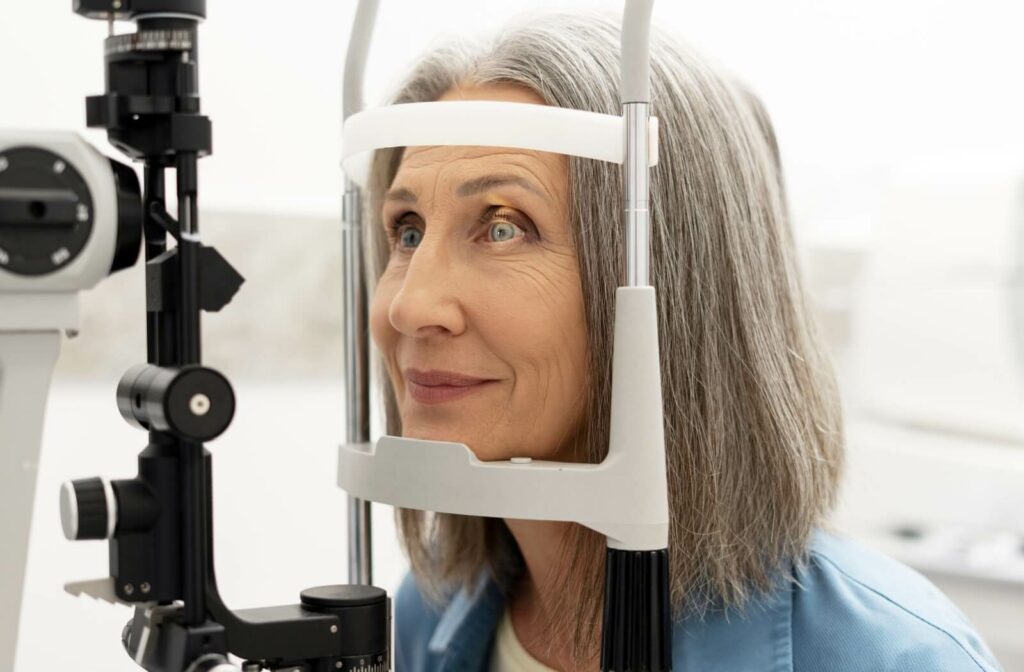
Assessing Your Family’s Eye Health History
Building an awareness of your family’s eye health history is a proactive step toward managing your risk of glaucoma. Start conversations with relatives about their eye health, any vision challenges they may face, and whether they’ve been diagnosed with glaucoma or other eye conditions. This information will be invaluable for your optometrist when determining the most effective preventive measures for you.
Early Detection Through Eye Exams
One of the best defences against glaucoma is regular, comprehensive eye exams, especially if you’re genetically predisposed. During these exams, your optometrist can assess your eye health using several key tests:
- Visual field test checks your peripheral vision.
- Tonometry measures eye pressure.
- Dilated eye exam provides a detailed view of the retina and optic nerve.
- Pachymetry evaluates corneal thickness.
- Gonioscopy examines the drainage angle in the eye.
These tests allow for early detection of glaucoma, enabling timely treatment to protect your sight.
Tips for Lowering Glaucoma Risk
Although genetics may influence glaucoma risk, your daily choices can also make a difference in safeguarding your vision. Adopting a proactive lifestyle can contribute to reducing risk factors and maintaining overall eye health. This can include:
Prioritize Nutrition
A nutrient-rich diet can protect your optic nerves and overall vision. Foods packed with antioxidants, such as leafy greens and berries, offer essential nutrients that support eye health. Omega-3 fatty acids found in fish and walnuts are also known to promote healthy eyes.
Stay Active
Moderate, consistent exercise has been proven to lower intraocular pressure, a significant risk factor for glaucoma. Activities like brisk walking or yoga not only benefit your eyes but also improve your overall well-being. Just avoid exercises that cause heavy strain, like weightlifting, as they can temporarily increase eye pressure.
Protect Your Eyes
Reducing your risk includes wearing appropriate gear in environments where eye injuries might occur, from sports to DIY projects. Eye injuries can elevate your risk for glaucoma, so safety is essential.
Don’t Wait to Protect Your Vision
Taking a proactive approach to glaucoma puts you in control of your eye health. Your vision is too valuable to leave to chance, and connecting with an experienced optometrist is the first step in guarding against glaucoma’s potential impact.
When it comes to glaucoma, early detection makes all the difference. Across our Eye Care Clinics, our dedicated professionals provide comprehensive eye exams tailored to your unique needs. Together, we can build a plan to safeguard your sight for years to come. Book your appointment today in Bonavista, Olds, Sundre, or Carstairs and take a confident step toward maintaining crystal-clear vision.




